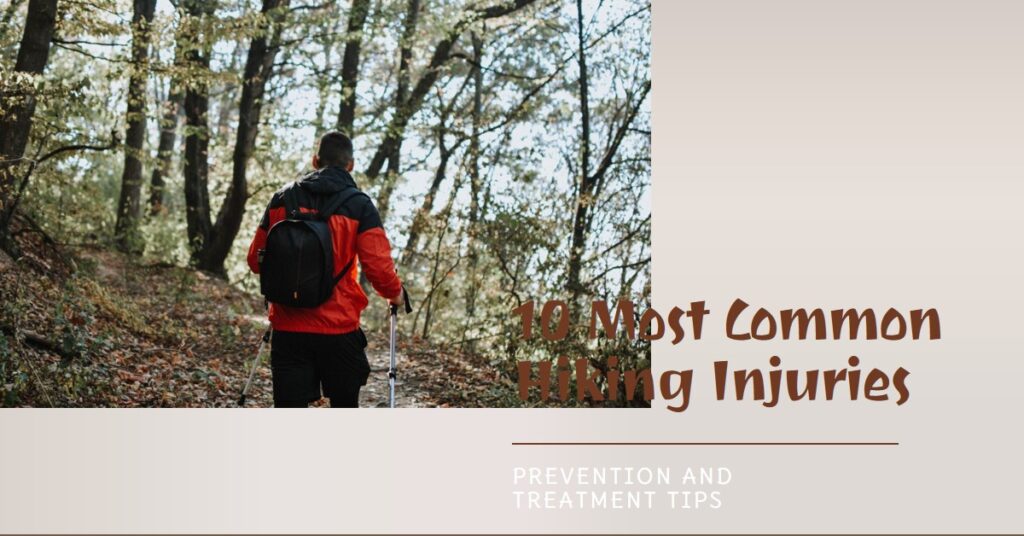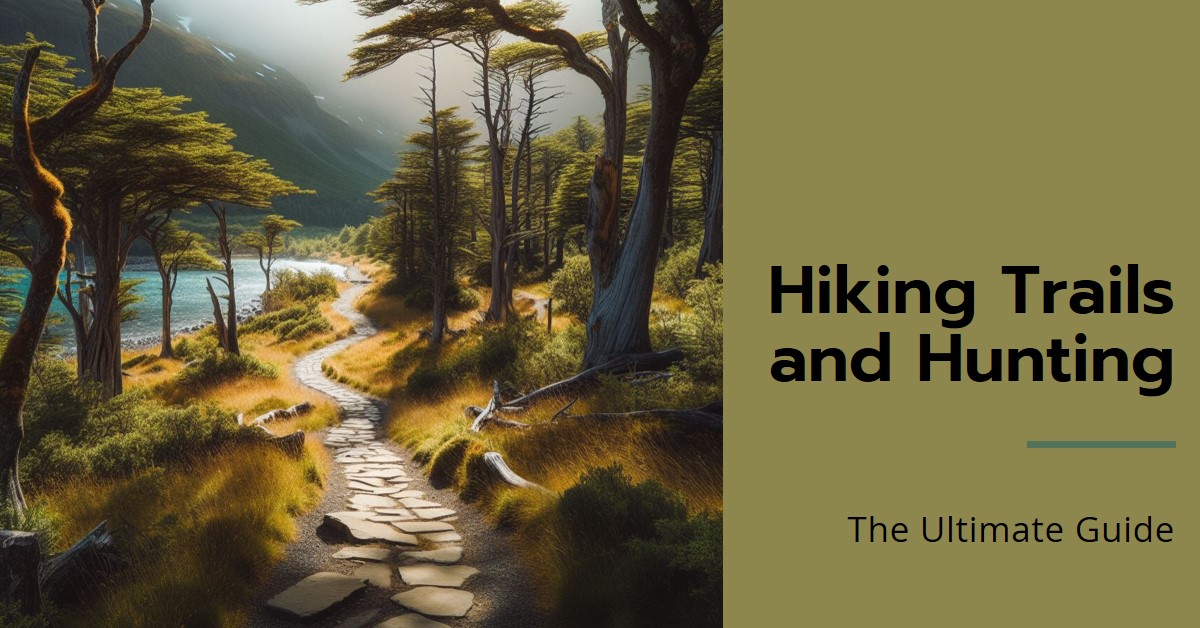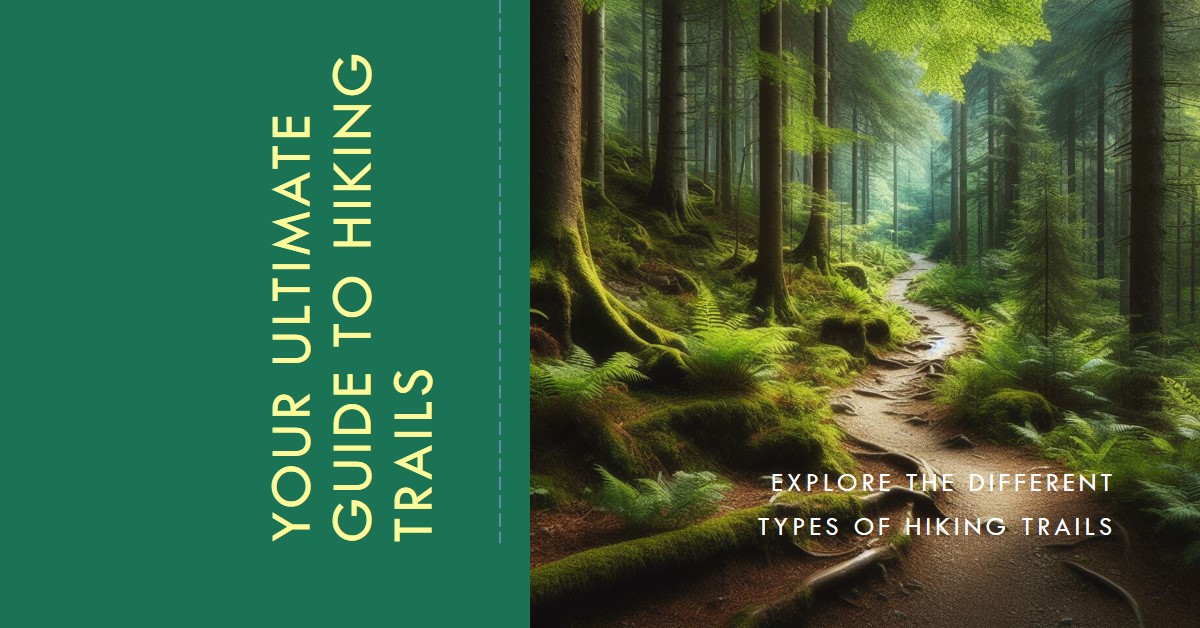Table of Contents
Defending Against Hiking Misadventures: An Indispensable Guide to Understand and Manage the Most Common Hiking Injuries
Hiking—a harmonious fusion of stimulating physical challenges and a profound connection with nature. As an enduring favorite activity among nature enthusiasts, hiking sometimes comes with the risk of physical injuries. Therefore, comprehensive knowledge of common hiking injuries and their treatment is essential for ensuring ensuring a secure, gratifying excursion.
Typical hiking injuries include heat exhaustion, heat stroke, and hypothermia. Let’s explore the symptoms of these conditions and various strategies to alleviate them, ensuring a rewarding, worry-free hiking experience.
Tackling Heat-Related Calamities
Heat-related injuries, mainly heat exhaustion and heat stroke, fall under the top ten most common hiking mishaps. Awareness of their symptoms can make a significant difference, and their typical treatments include cooling, rehydration, and rest.
Unraveling Heat Exhaustion: Recognition and Management
Heat exhaustion, a frequent heat-related mishap during hiking, often presents symptoms like fatigue, dizziness, heavy sweating, and nausea. Coming across these signs demands immediate actions such as seeking shady areas, resting, nad hydrating. Using cool compresses or taking cold showers can also aid in reducing body temperature. However, if symptoms intensify or there’s a suspicion of heat stroke, immediate medical aid is essential.
Demystifying Heat Stroke: Symptoms Recognition and Emergency Response
Heat stroke is a severe condition that requires instant medical attention. It occurs when heat exhaustion goes unlabeled or the body is exposed to intense heat for a long duration. Symptoms include body temperature above 103°F, confusion, unconsciousness, seizures, and hot, dry skin. its crucial to cool down the body by relocating the person to a cooler area, removing excess clothing, and employing methods like cold showers or compresses.
Other common hiking snags such as sprained ankles and knee pain also need appropriate prevention and treatment strategies. Utilizing trekking poles, applying pain-relieving ointments, alternating between cold and hot applications are all parts of the solution.
Conquering Musculoskeletal Setbacks
Within the top ten, musculoskeletal injuries like knee pain and sprained ankles are frequent intruders. Alternating hot and cold applications, using pain-relieving ointments, and prevention tools like trekking poles are recommended for these injuries.
Subduing Sprained Ankles: First Aid and Recovery Route
Sprained ankles are a common injury among hikers. In the unfortunate event of an ankle sprain, knowing immediate aid and the journey to recovery can be a lifesaver. Start by resting and elevating the distressed ankle for reducing swelling. Applying a compression bandage and icing intermittently can further help. For recovery, gradual weight-bearing activities, sporting supportive The use of braces is recommended during physical activities and prescribed stretching and strengthening exercises.
Decoding Knee Injuries: Root Causes and Solutions
Knee injuries are a common problem among hikers. Constant movement and rough terrain can lead to overuse, sprains, or overuse injuries. This is often due to improper footwear, overload, and impaired muscle strength. Implementing the RICE (rest, ice, compression, elevation) method, performing physical therapy exercises, wearing knee braces, and using over-the-counter pain relievers comprise the treatment protocol. Persistent or worsening pain necessarily requires medical attention.
Back and shoulder complaints: preventive and reactive strategies
Back and shoulder pain are common hiking companions, especially if you carry a heavy backpack. Alternating between hot and cold treatments can provide relief: ice reduces inflammation, while heat soothes painful joints and muscles. TOpical pain ointments provide temporary respite. Using backpacks with adequate back support, maintaining good posture during the hike, and strengthening the core and shoulder muscles through specific exercises before and after the hike can work as preventative measures.
Addressing environmental challenges
Environmental problems can sometimes overwhelm you with unwanted situations such as hypothermia, heat stroke, and heat exhaustion. The ideal response strategy revolves around rest, hydration, nutrition, and application of ice and heat as needed. Remember that during your adventures, your safety takes priority over all other priorities. Enjoy the landscapes, but always stay alert, informed and prepared.
Conclusion: Exploring the Top Ten Hiking Accidents and Their Solutions – A Crucial Guide
Entering the world of hiking can sometimes present physical challenges. Understanding common hiking injuries and they’re treatments is essential for hikers to stay safe and enjoy their adventures in nature’s bounty.
Among the most important hiking injuries, the most well-known are hypothermia, heat stroke and heat exhaustion. Familiarity with these conditions, their symptoms, and relief strategies will play an important role in ensuring a safer and more enjoyable walking experience.
Hiking: embrace the adventure, but stay safe!
As you set out, remember that the universe of trails and hikes is an enriching experience, underscored by preparation and careful execution. Enjoy nature responsibly and, above all, safely. We wish you happy and safe hiking adventures!
Ultimately, understanding common hiking injuries and there treatments is of utmost importance for any adventurous spirit ready to embark on a wilderness quest. To top it all off, whether it means alternating between applying ice packs and heat treatments or using topical ointments to relieve pain, self-care is key. SO get ready, get out and walk, ensuring safety at all times!














